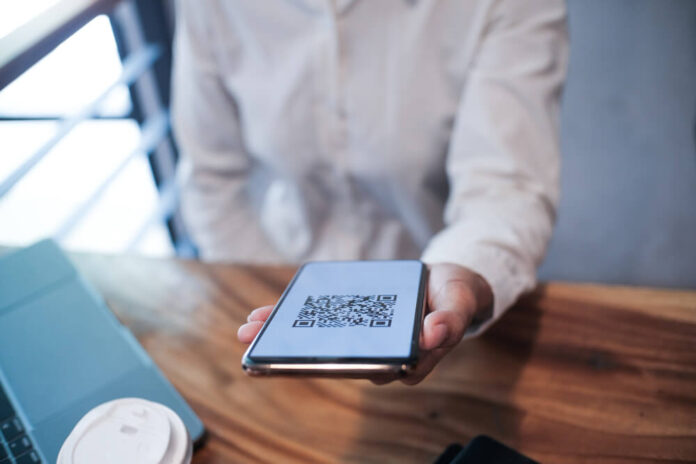In today’s fast-paced world, QR codes have become a symbol of quick access and efficiency. These square-shaped, black-and-white patterns are more than just digital designs; they are gateways to information, services, and interactions.
From big cities to small towns, QR codes are everywhere, making life easier in ways we might not even notice. In this article, we’ll explore the most practical and interesting ways QR codes are used in our daily lives. To learn more about how to use a QR code maker, you might want to check out that website!
Most Practical Use Cases of QR Codes
#1: Enhancing Retail and Shopping Experiences
The retail sector has significantly benefited from the integration of these scannable symbols. In stores, they provide instant access to product information, reviews, and price comparisons, empowering customers to make informed decisions.
For instance, scanning a code on a product could lead to a video demonstration, user reviews, or detailed specifications. This use not only enhances the shopping experience for customers but also aids retailers in providing additional information without cluttering the physical space with signs and banners.
#2: Streamlining Payments and Financial Transactions
The adoption of these codes has streamlined financial transactions, particularly in mobile payment systems. Users can scan a code to transfer money or make payments securely, eliminating the need for cash or cards.
This method is widely used in restaurants and cafes, allowing diners to scan a code on their table to view the menu, place orders, and pay their bill via smartphones.
#3: Revolutionizing Ticketing and Event Management
The event industry has seen a significant shift in the use of these codes for ticketing. E-tickets containing these symbols are now common for concerts, movies, and sports events. Upon entry, a quick scan of the attendee’s ticket ensures a smooth and efficient process.
This system not only speeds up entry into events but also reduces the likelihood of ticket fraud and the environmental impact of printing physical tickets.
#4: Restaurant Menus
In many restaurants, traditional paper menus are being replaced with QR codes. Customers scan the code to view the menu on their phone. This approach is not only hygienic but also allows restaurants to update their menus without reprinting.
#5: Improving Health and Safety Measures
Amid global health concerns, these codes have been vital for health and safety. They enable contactless check-ins at establishments, track attendance, aid in contact tracing, and provide quick access to health guidelines, emergency procedures, and digital menus in public spaces, reducing physical contact and shared surfaces.
#6: Product Information
Retailers and manufacturers use QR codes on packaging to provide additional information about products. Scanning these codes can reveal details like nutritional information, usage instructions, or even interactive content like videos.
#7: Contactless Delivery
During the COVID-19 pandemic, contactless deliveries became essential. Delivery services started using QR codes to confirm deliveries without physical contact, ensuring safety for both delivery personnel and customers.
#8: Marketing and Advertising
Marketers embed QR codes in advertisements and promotional materials. Scanning these codes can lead consumers to websites, discount coupons, or exclusive content, enhancing the engagement and interactivity of the ad.
#9: Public Transport
Many public transportation systems use QR codes for ticketing. Commuters can buy tickets online and use the QR code as a digital ticket, simplifying access to trains, buses, and subways.
#10: Educational Resources
In education, QR codes link to additional resources, like online readings, educational videos, or interactive assignments. This enhances the learning experience by providing easy access to a wide range of materials.
Final note
In conclusion, these codes have become more than just a technological novelty; they are now a vital component of our digital ecosystem. Their ability to connect the physical and digital worlds in a seamless, efficient manner has led to their widespread adoption in various industries.
As technology continues to evolve, we can expect to see even more innovative and practical uses for these codes, further enhancing our daily lives and experiences.
















